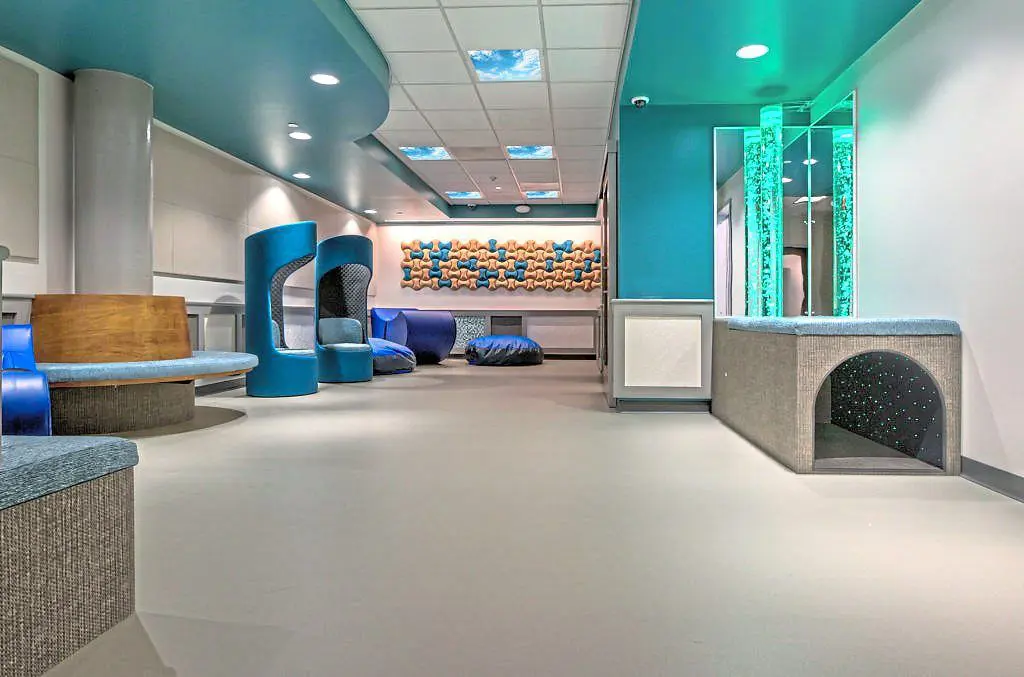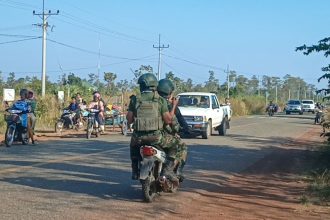Airports are often synonymous with hustle and chaos—rolling suitcases, constant announcements, and a flood of information that must be processed at lightning speed. While this can be overwhelming for any traveler, it is especially challenging for neurodiverse individuals, particularly those with autism, who are at higher risk of sensory overload.
Recognizing this need, an increasing number of airports worldwide are introducing sensory rooms—quiet, dedicated spaces designed to help travelers relax and ease the stress of navigating a busy airport.
A Growing Trend in Airports Worldwide
From Pittsburgh International Airport in Pennsylvania to Seattle-Tacoma International Airport in Washington, more airports in the United States are leading the way in providing these much-needed sanctuaries. Dublin Airport in Ireland has also joined the movement, demonstrating that sensory-friendly travel is gaining global attention.
- Pittsburgh International Airport features “Presley’s Place,” a calming space specifically designed for families with sensory-sensitive travelers.
- San Francisco International Airport has opened a sensory-friendly facility with an airplane mock-up, allowing passengers to familiarize themselves with the in-flight experience.
- Seattle-Tacoma International Airport offers a unique space with a rocking chair, dimmable lighting, and a starry night ceiling to create a soothing ambiance.
- Dublin Airport has built two sensory rooms where passengers can take advantage of a free 60-minute session by booking in advance.
While the trend is expanding, sensory rooms are still relatively rare in airports worldwide. For those seeking quiet spaces, multi-faith prayer rooms often remain an alternative.
Hidden Disabilities: Extra Support for Travelers
To further assist travelers with hidden disabilities, many airports have introduced sunflower lanyards—a discreet way for passengers to signal that they may need additional support. Airport staff and fellow travelers are encouraged to recognize these lanyards and offer assistance where needed.
Malaysia’s Initiative: The Butterfly Effect at KLIA
Malaysia is also stepping up its efforts to make air travel more inclusive. Kuala Lumpur International Airport (KLIA) has launched the Butterfly Effect Initiative, designed to support passengers with hidden disabilities such as autism.
According to KLIA’s official website, the initiative is based on the concept that small changes can lead to significant positive impacts over time. The program includes:
✅ Calm Room at Terminal 1 – A colorful and engaging space equipped with sensory-stimulating activity stations.
✅ Sensory Walls at both terminals – Interactive touch panels designed to soothe travelers through tactile, visual, and auditory stimulation.
To access these facilities, passengers must pre-register online and collect a Butterfly Kit—which includes a special lanyard—from designated airport information counters. This lanyard grants travelers access to priority lanes at security, immigration, and customs checkpoints, ensuring a smoother and less stressful airport experience.
As more airports embrace sensory-friendly facilities, the future of air travel is becoming more inclusive, offering neurodiverse passengers a calmer, more accessible journey.








